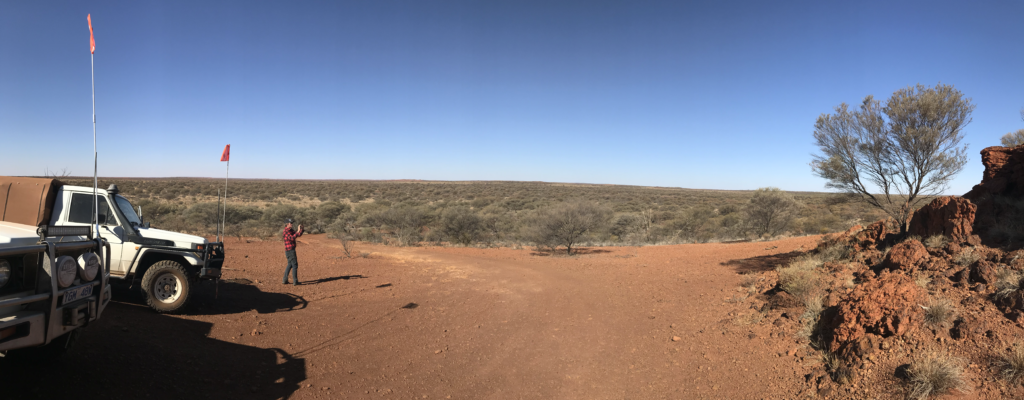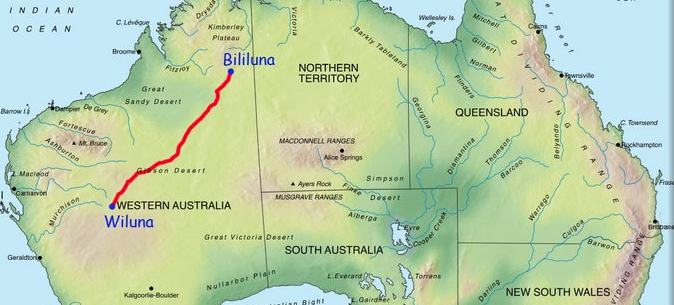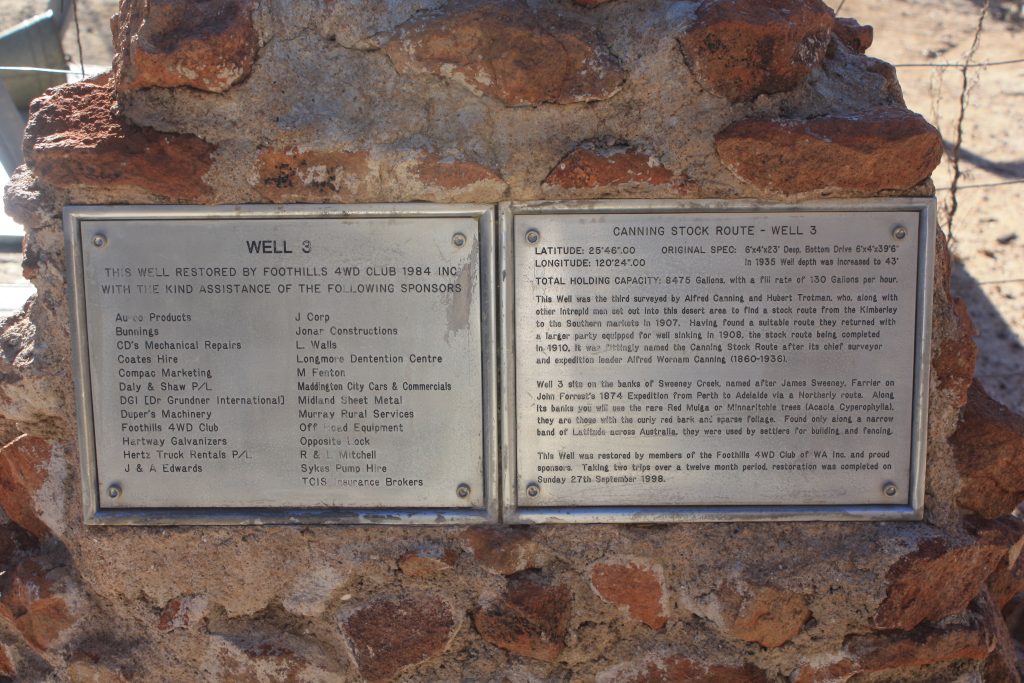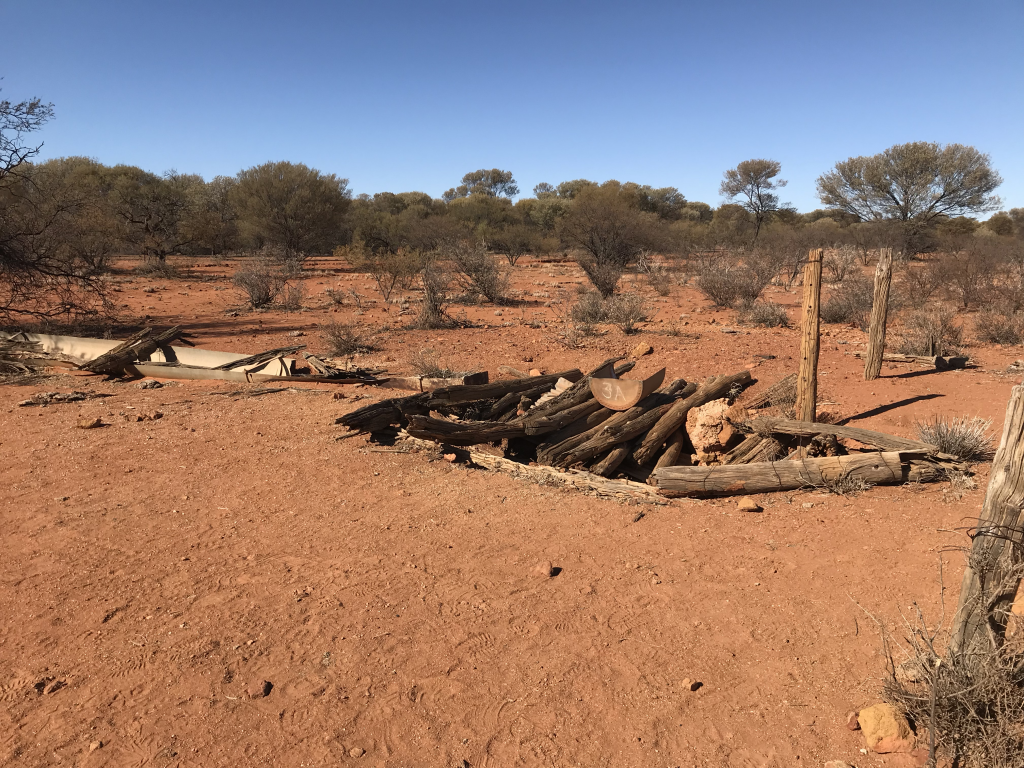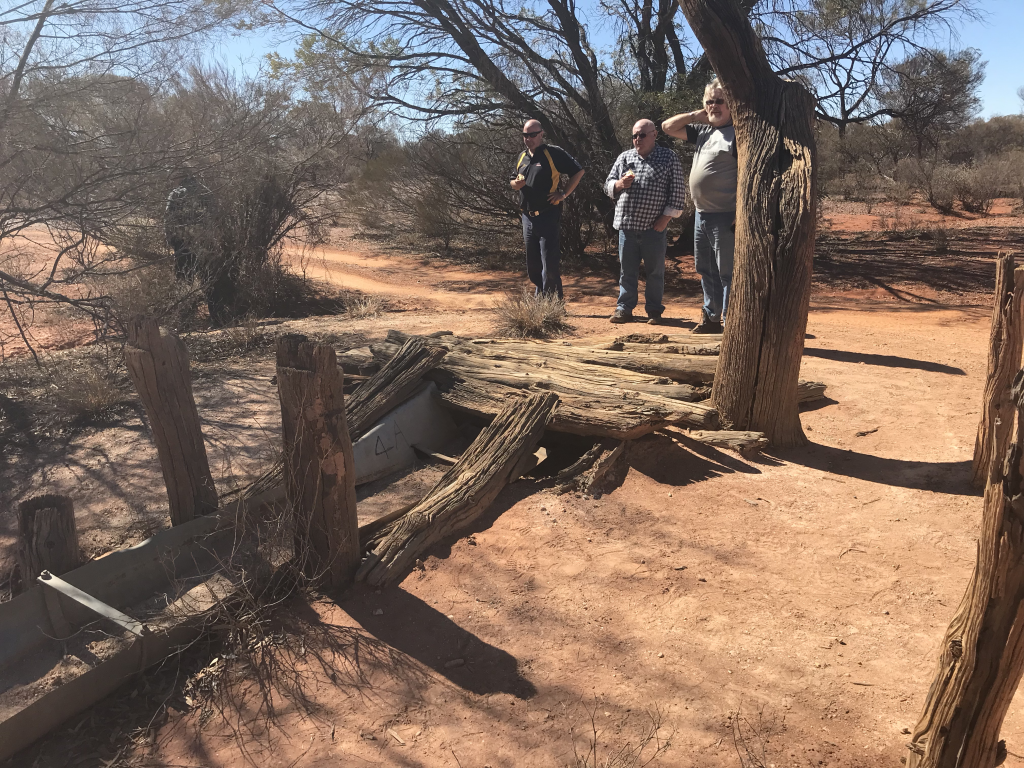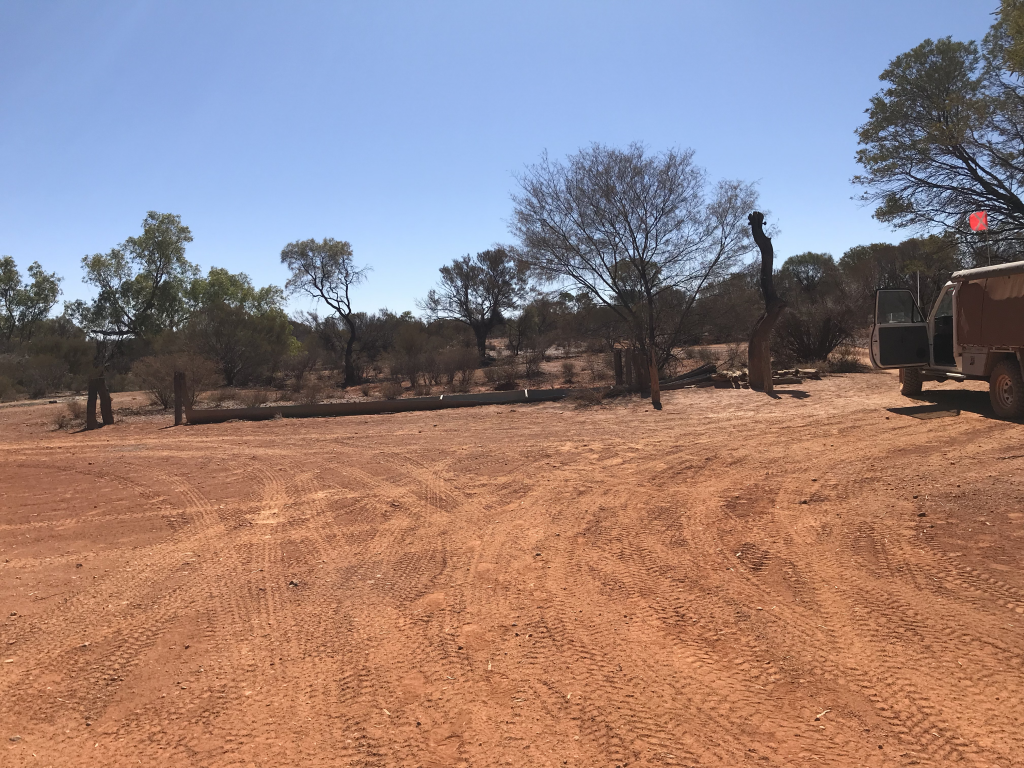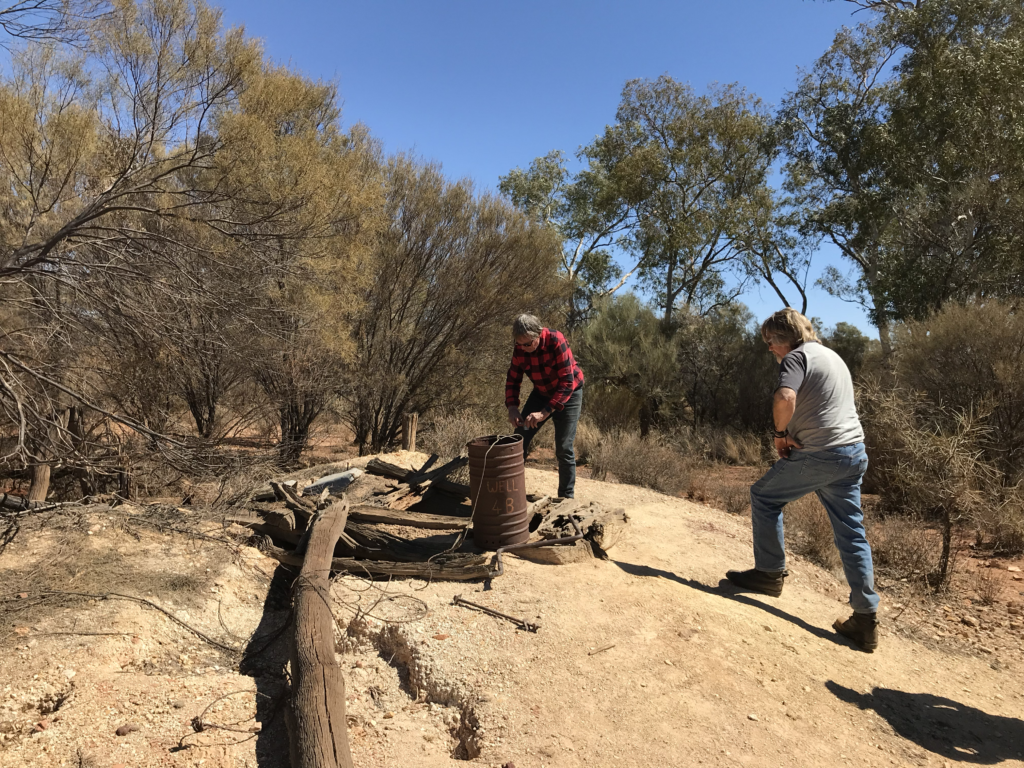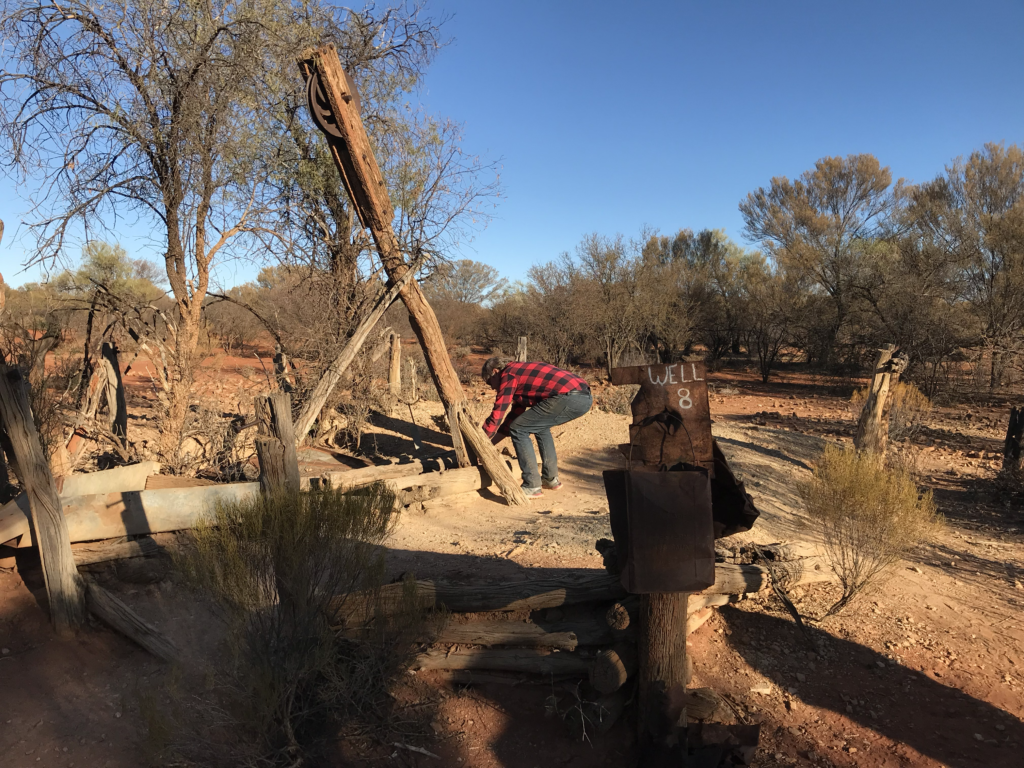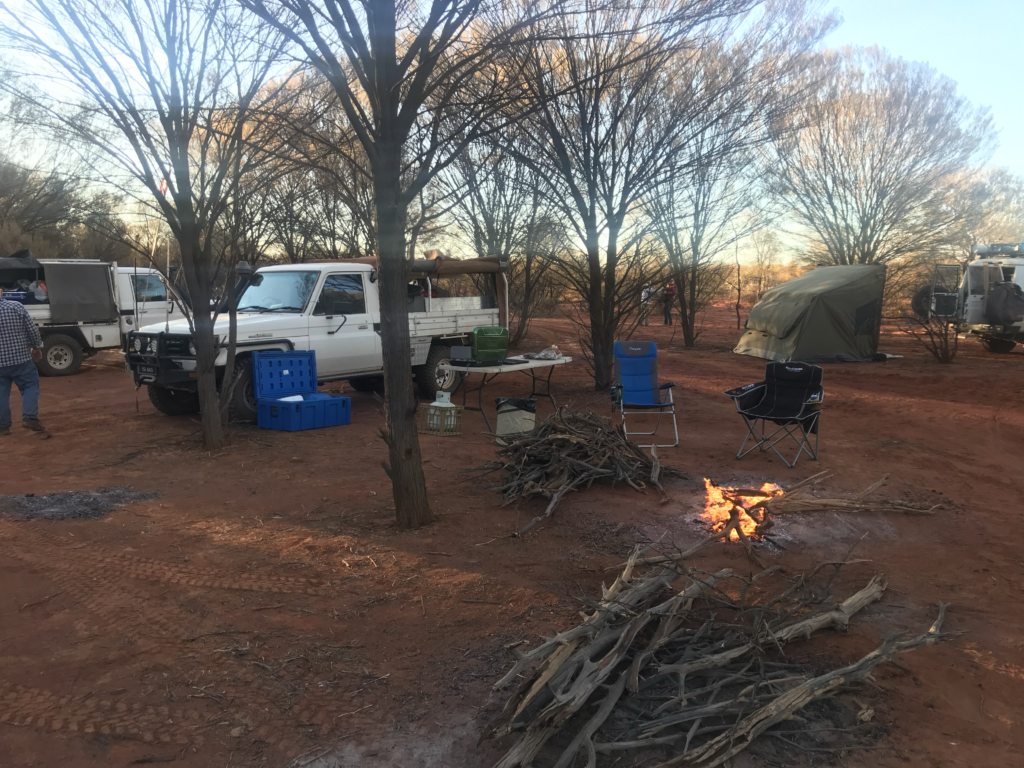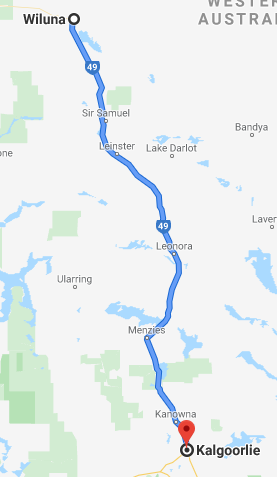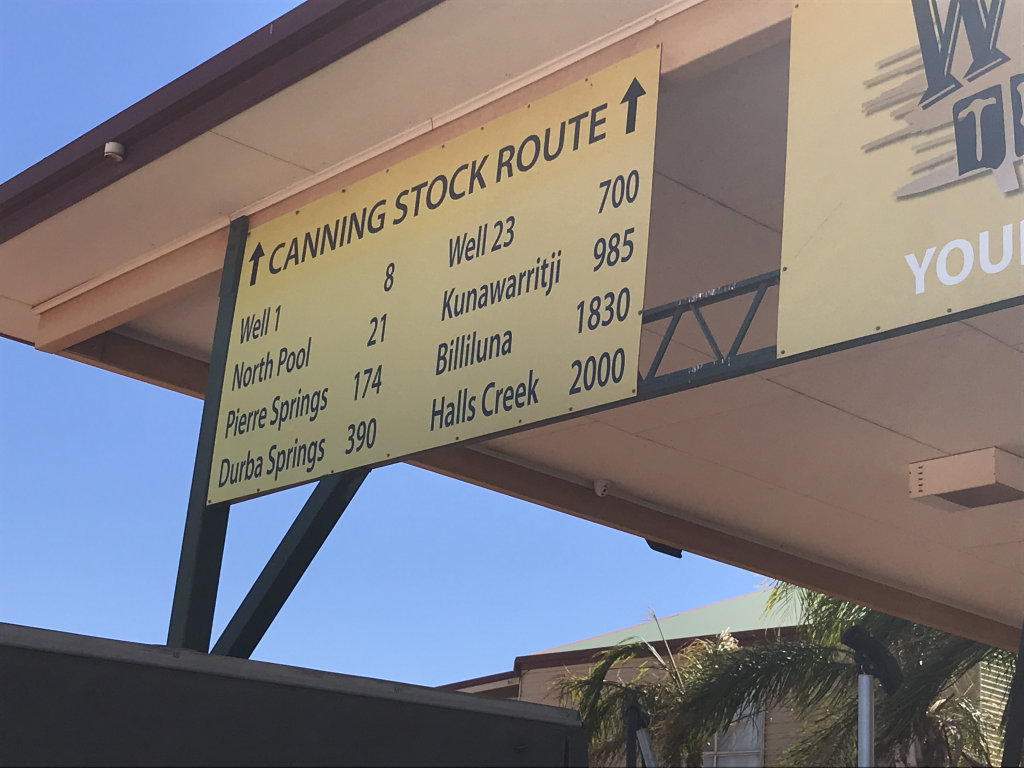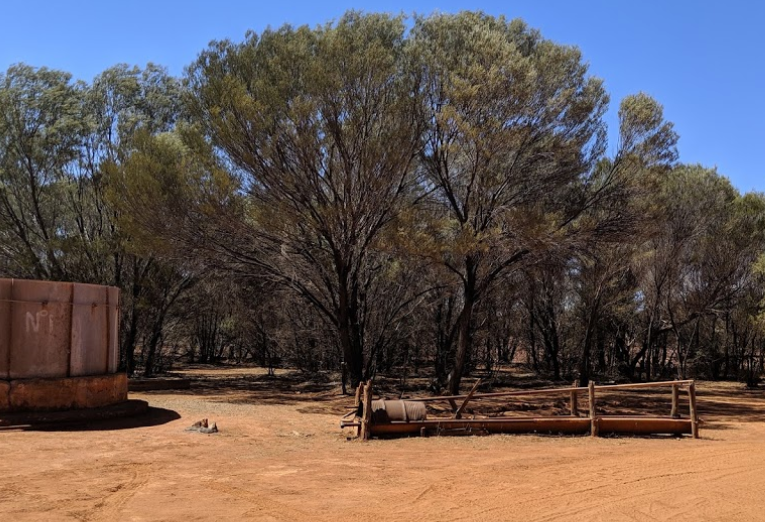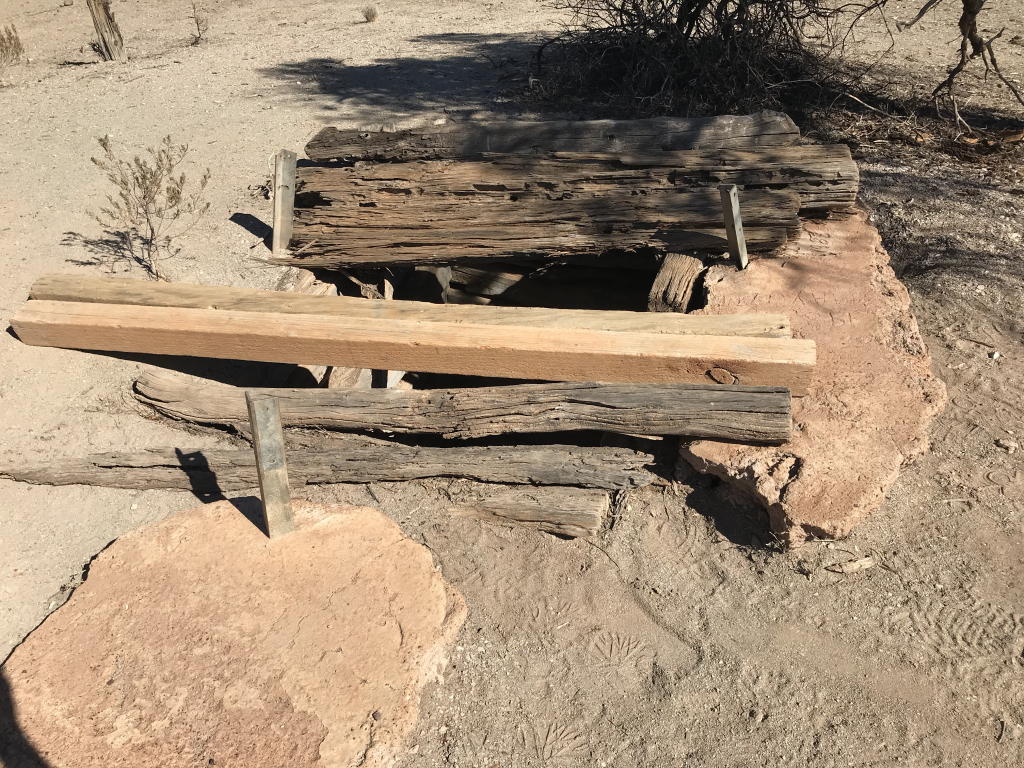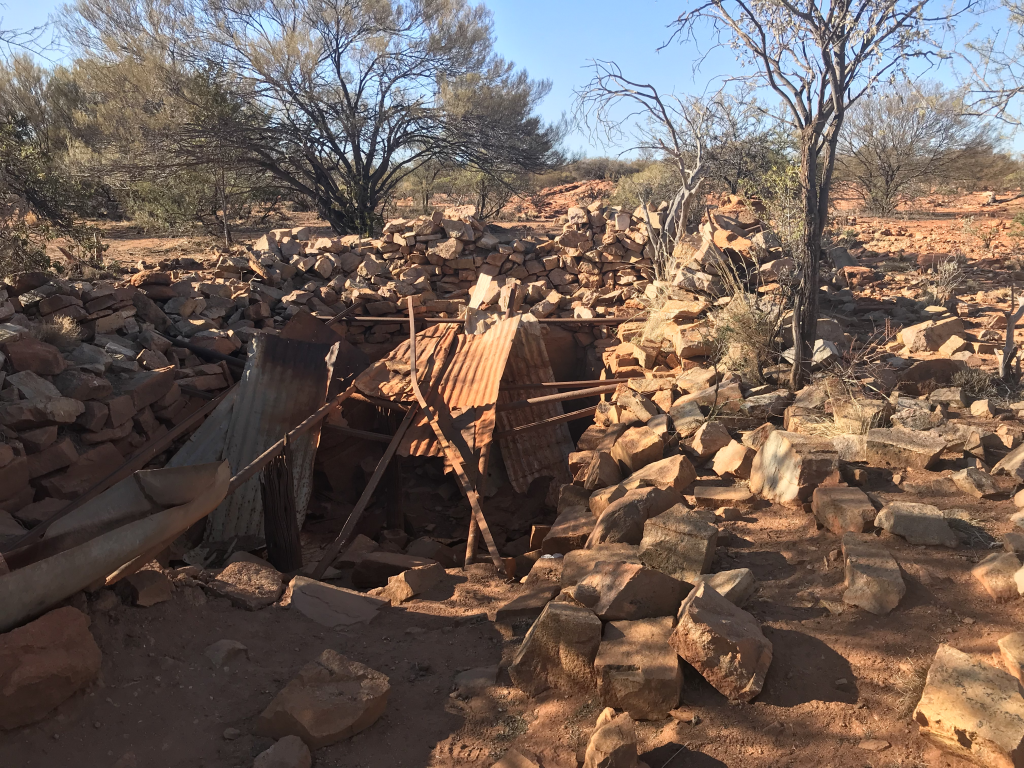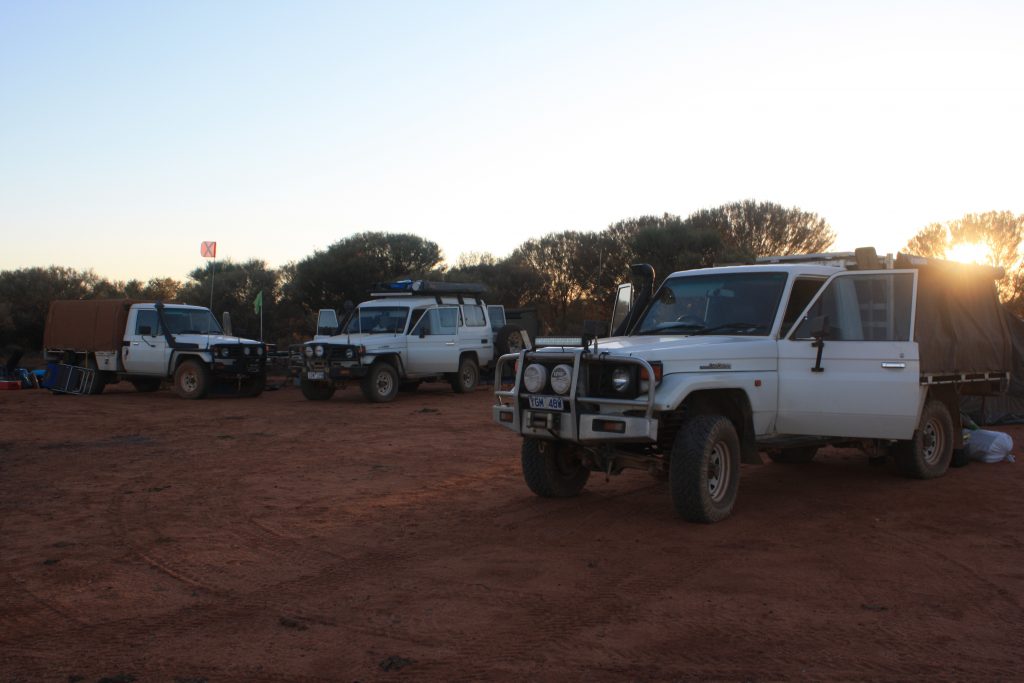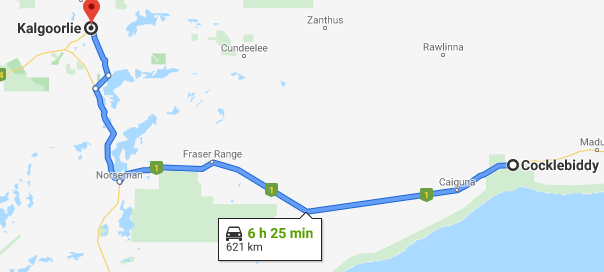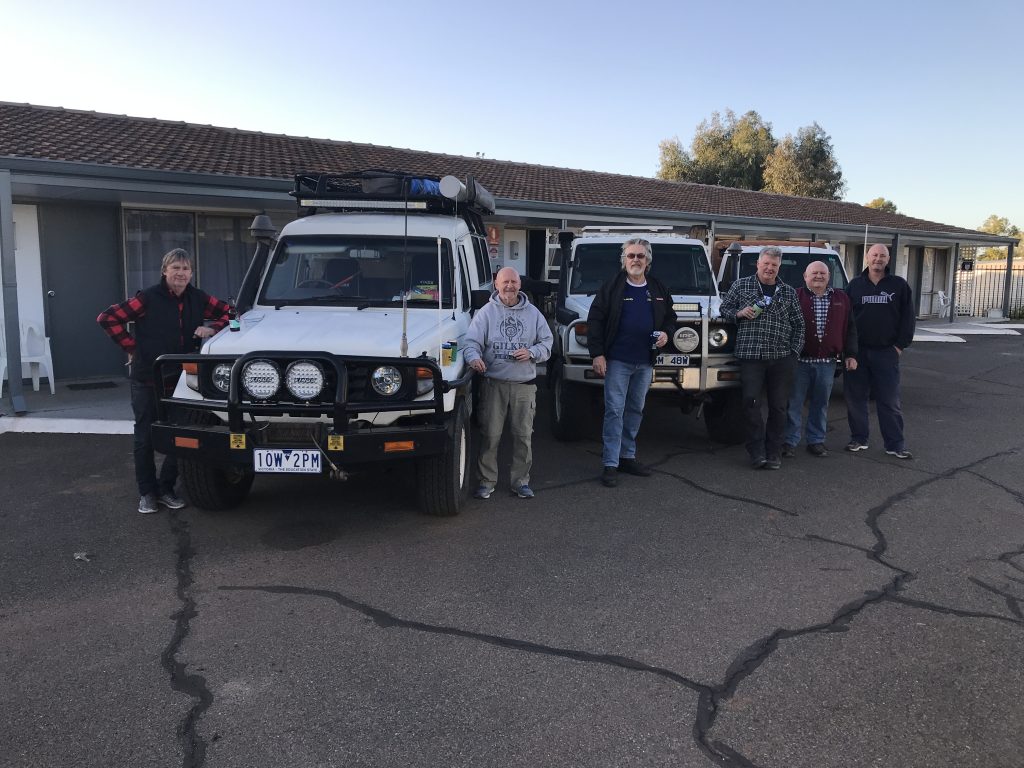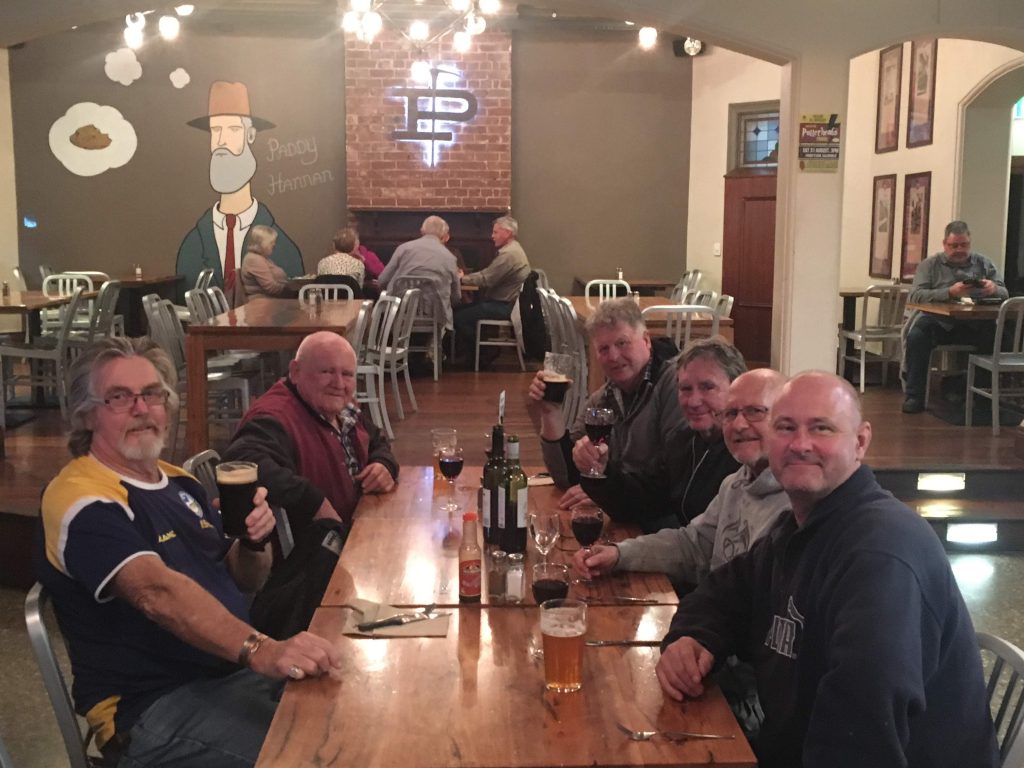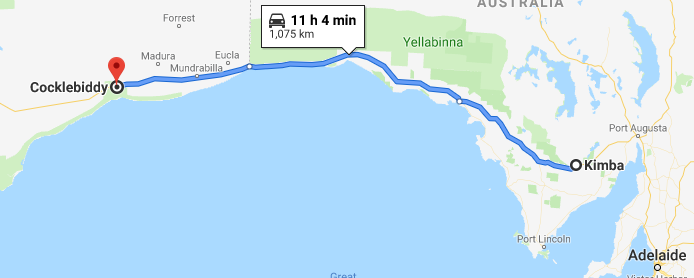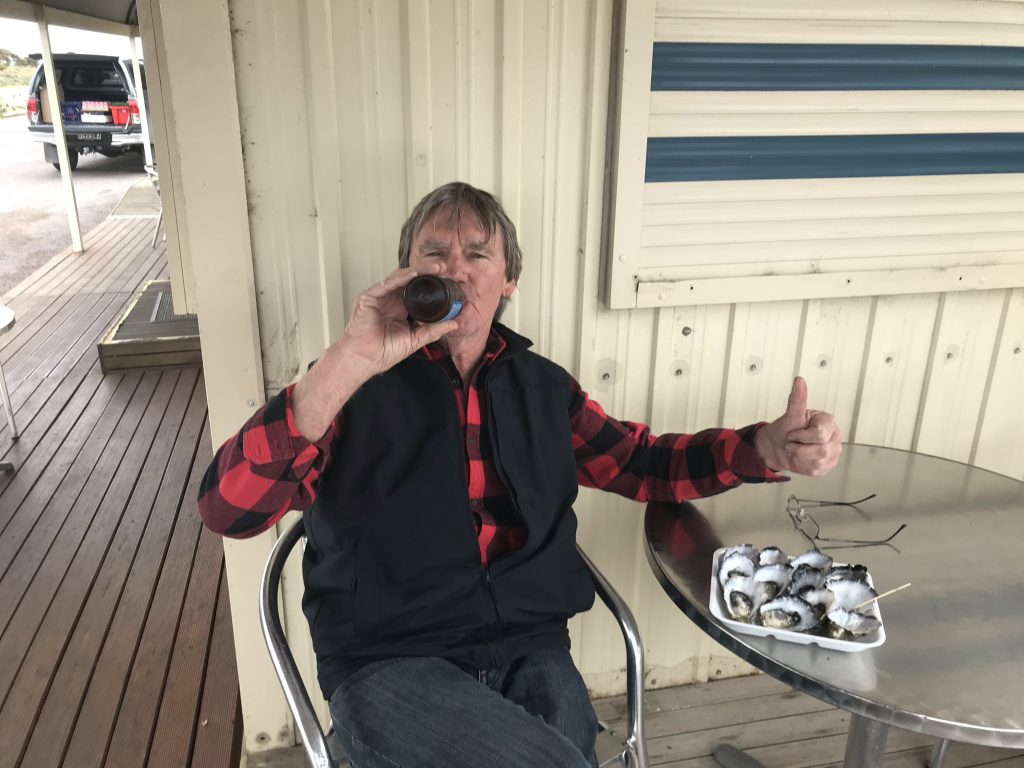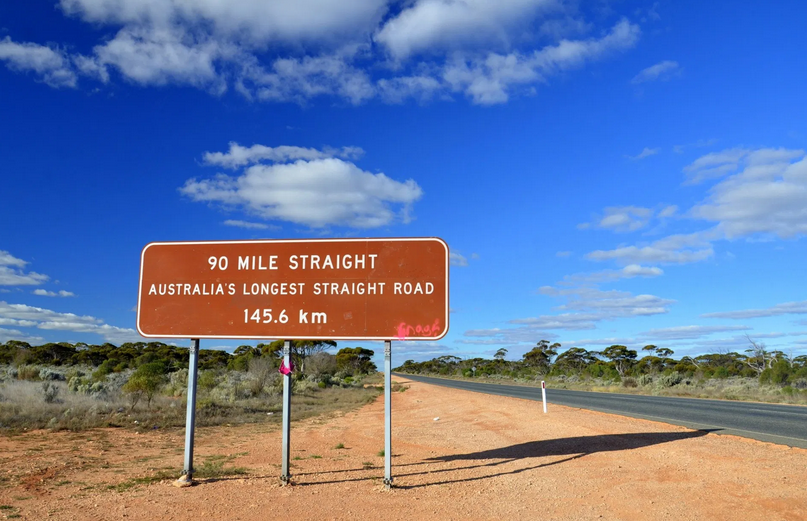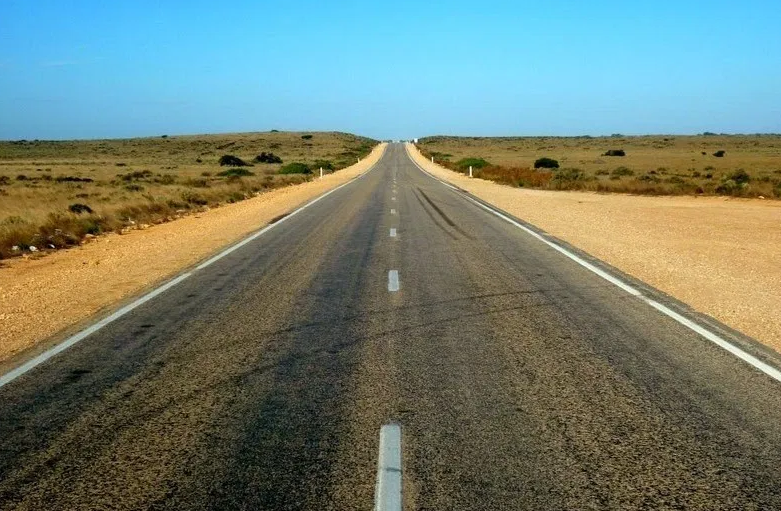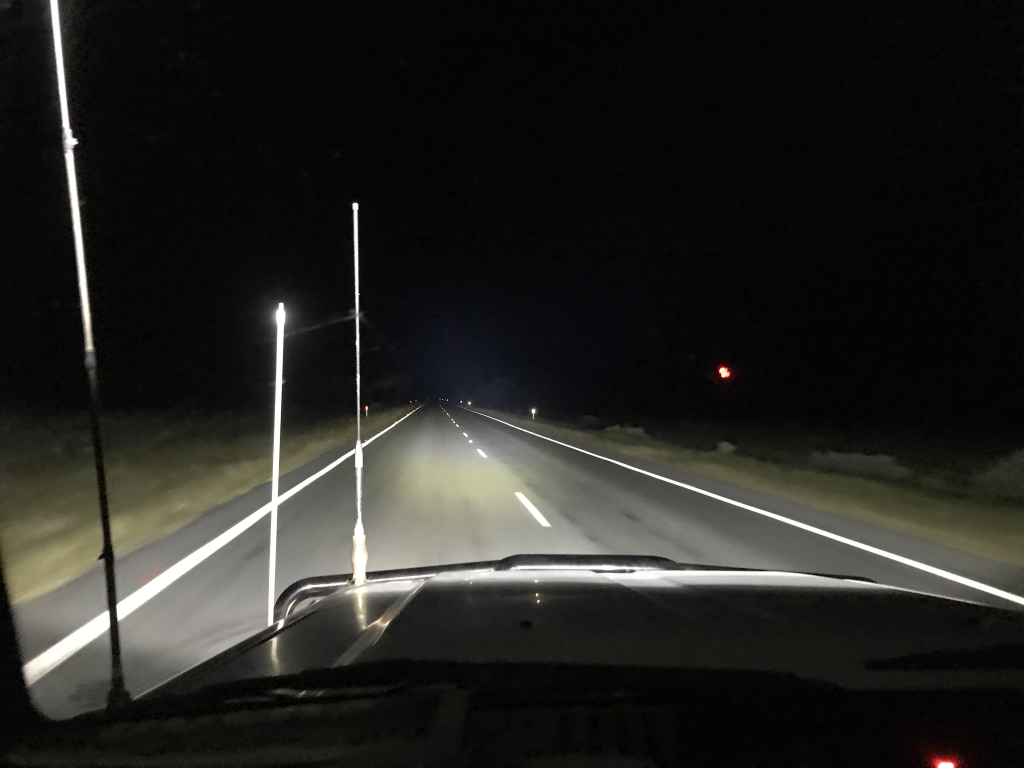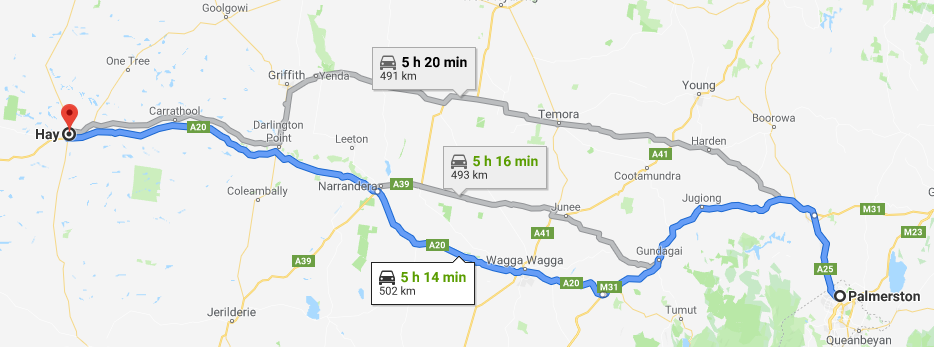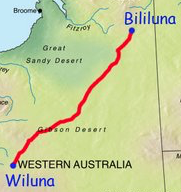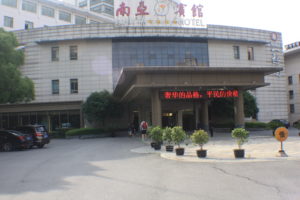A nice area to set up camp last night with yet another star-filled night, sitting out around the campfire.
Up about 6ish this morning and set off around 7. Once again corrugations upon corrugations.
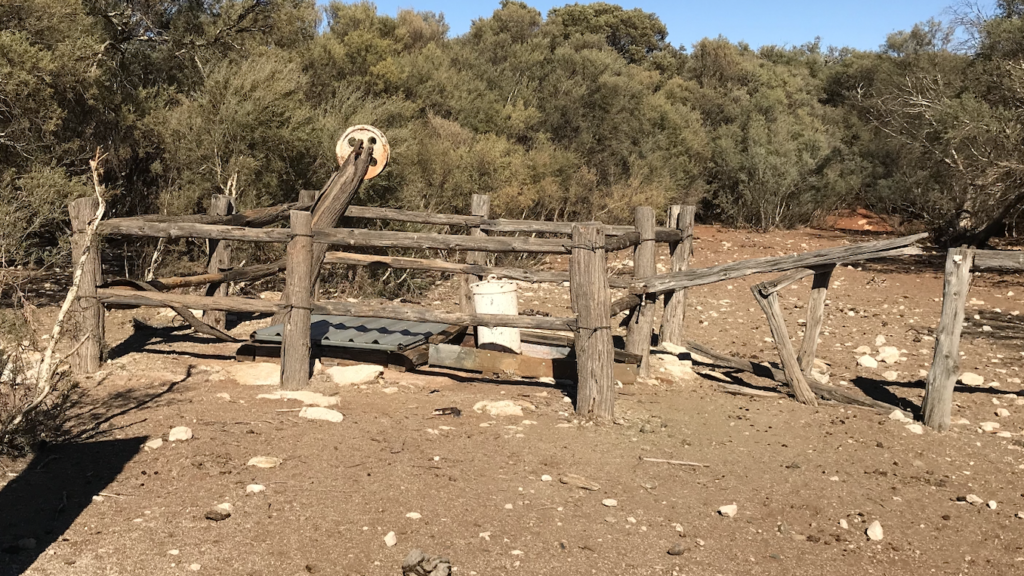
After a couple of hours, we reached Well 9, not much left of the actual well remains. Basically ruins with corrugated iron sheeting covering the actual well shaft as a safety precaution to stop animals and curious humans from falling down.
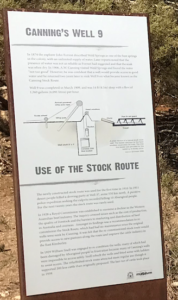
There is a plaque beside the well which gives some background and history.
We hadn’t seen too much traffic on the CSR, and we did expect to see quite a few travelling both ways, but this morning there was a group of 5 vehicles heading south, travelling in convoy.
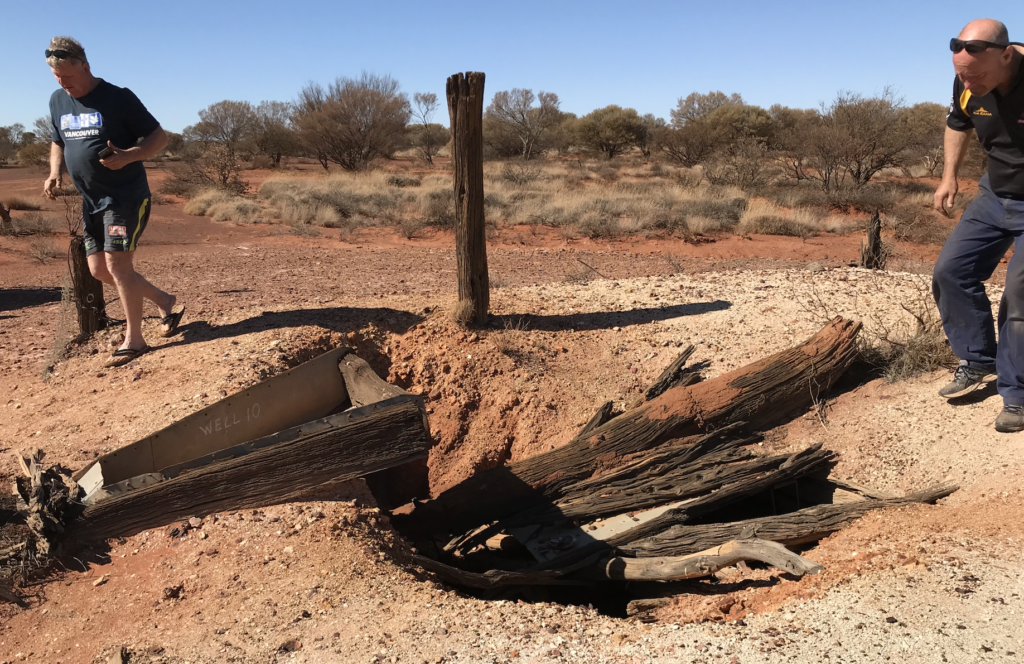
After leaving Well 9 there were several rocky sections where we needed to be careful keeping an eye out for protruding sharp edges in the rocky terrain.
About 21 Kms further on we arrived at Well 10 which is also in ruins
Only 15Kms to Well 11. Once again some particularly rocky sections between Wells 10 and 11. as well as some of the largest and roughest corrugations we had come across when we thought that they could not get any worse
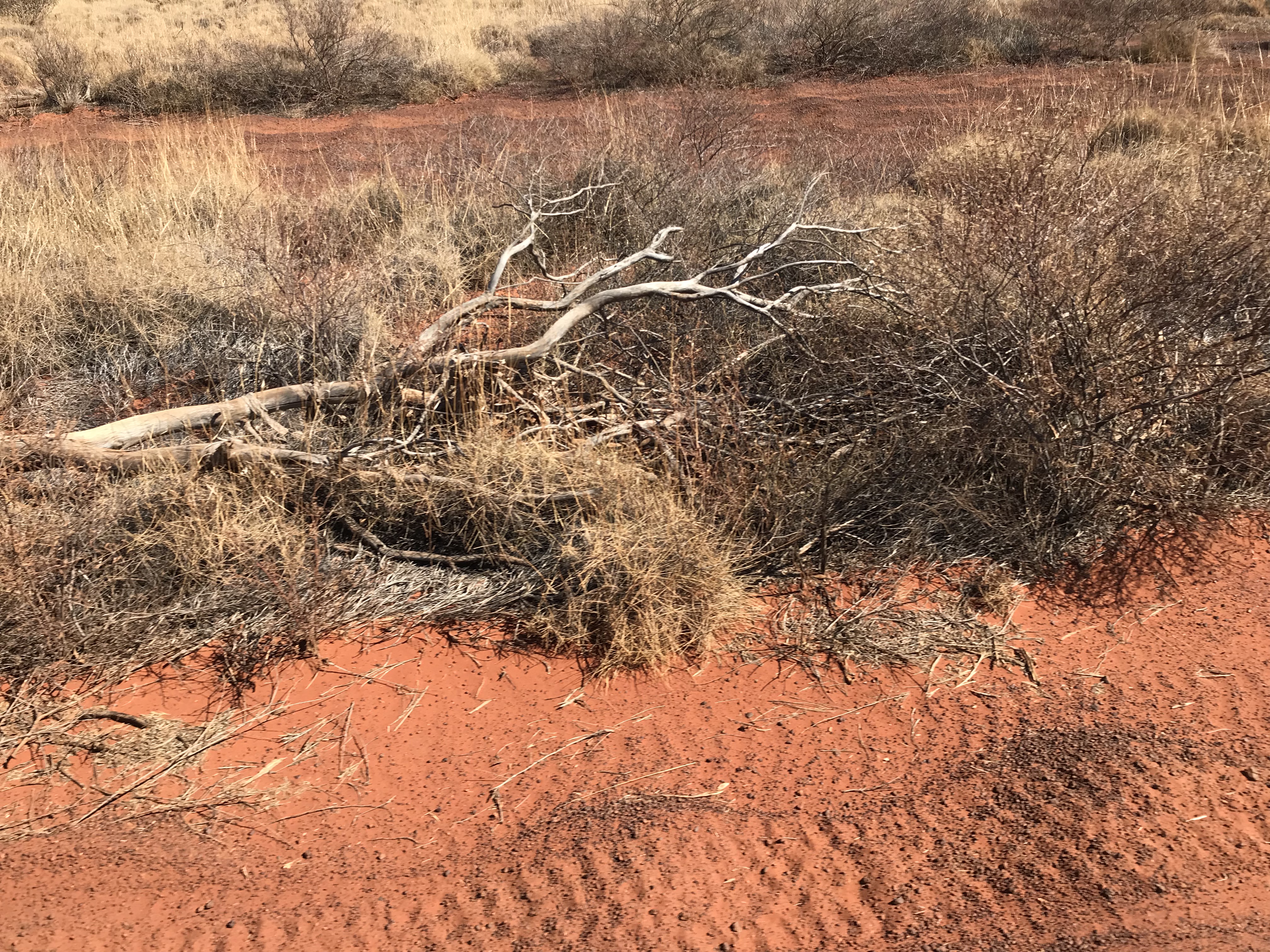
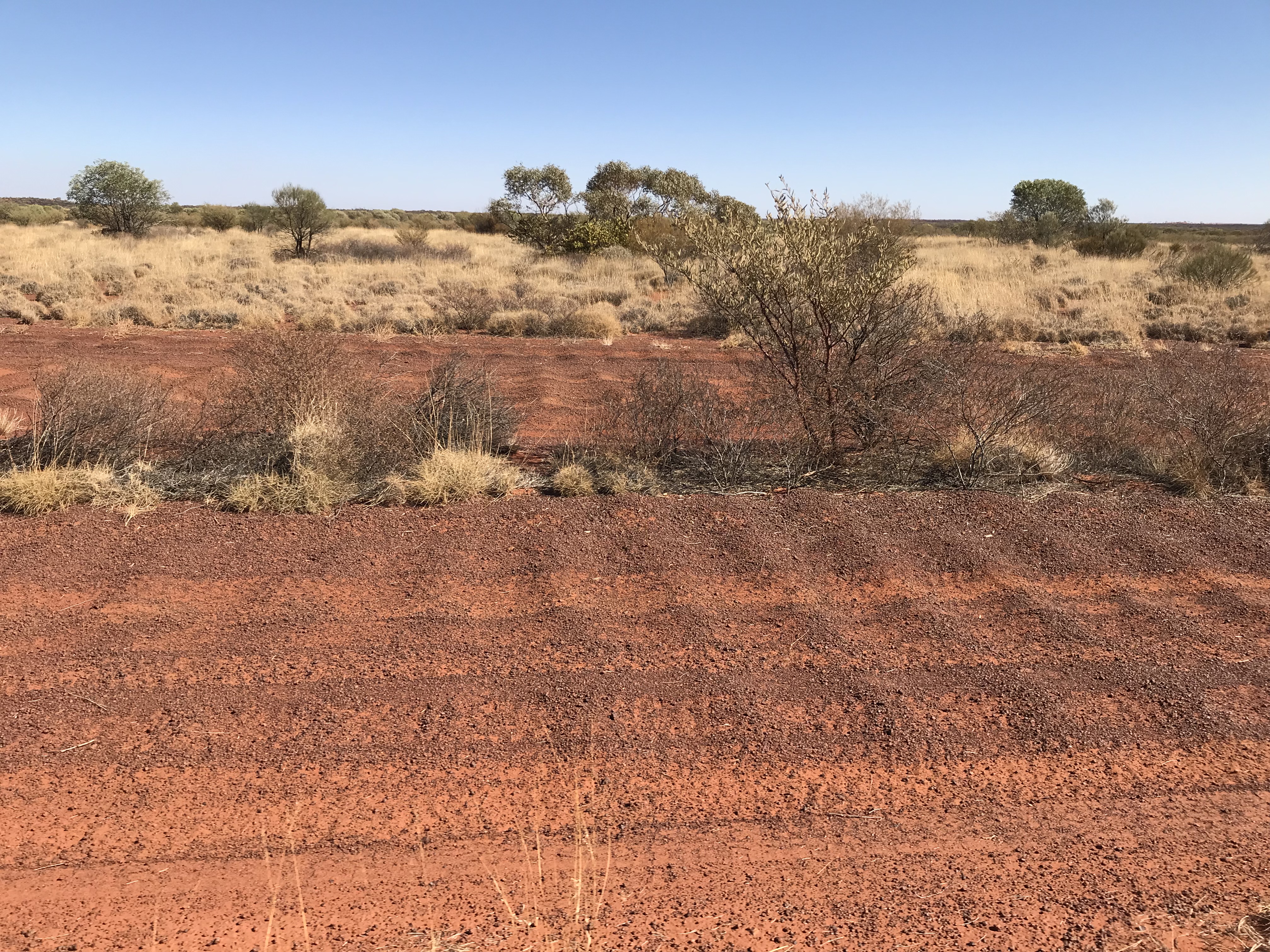
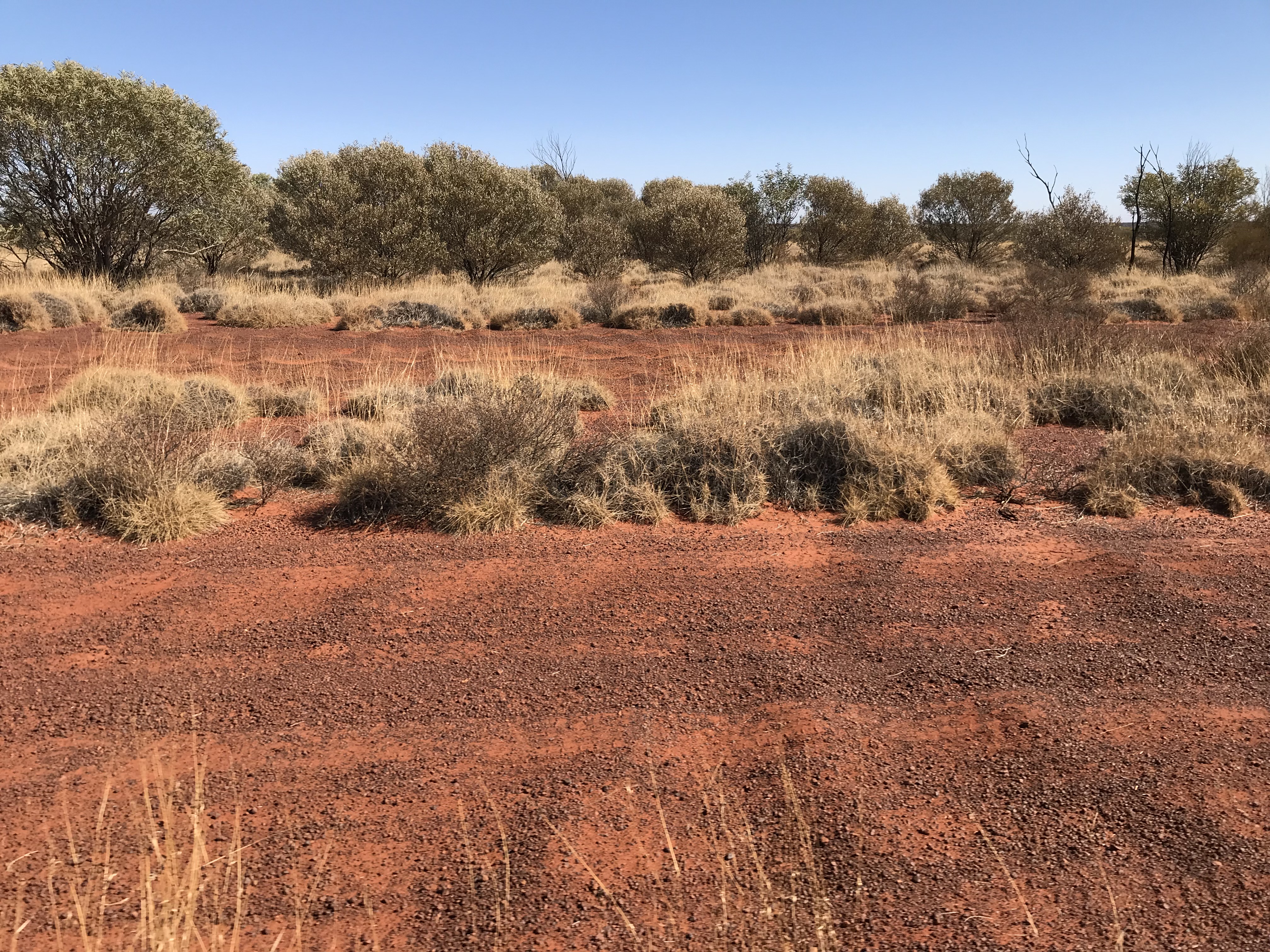
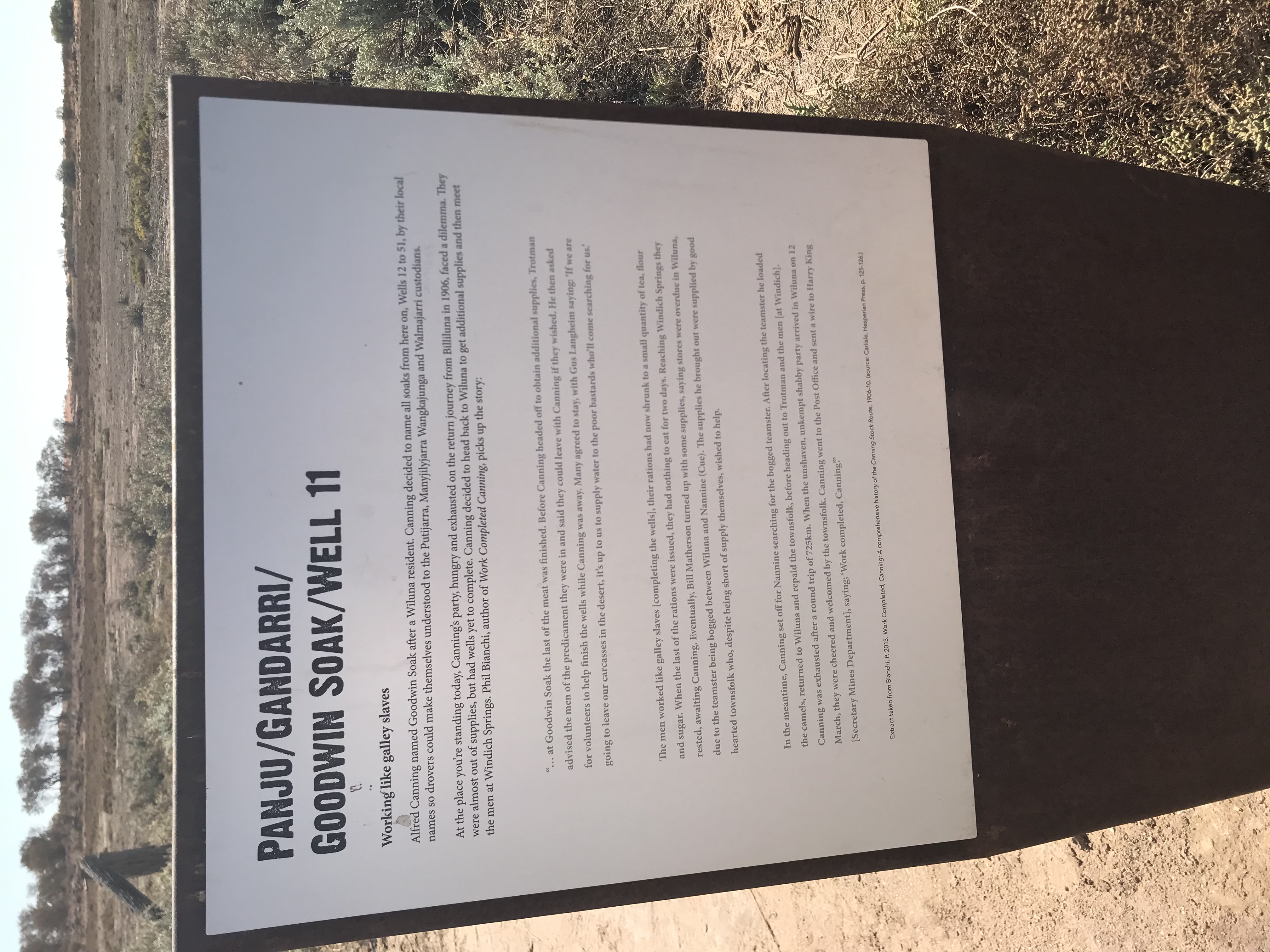
Well 11 is situated close by Lake White, in an area known as “Goodwin Soak”, which was an ideal site for the Well. Hardly anything left of the actual Well, even though it was completely rebuilt in 1929 after it was demolished by fire
After we left Well 11 there were more corrugations as well as rocky areas. Some 16 Kms after leaving Well 11 we were onto the Salt Pan beside Lake Aerodrome. It was great fun driving along the salt pans, no corrugations nice and smooth relatively speaking. We made sure that we kept following other vehicles’ tracks as it can be dangerous in some spots where the surface is not as thick and the vehicle can get bogged to the axles and need a tow to get out. This is made much harder as there are few trees or anything really to use as an anchor point to winch out. Possibly 8 – 10 Kms of salt pan driving, then more dips and rocky sections as we drove the last few Kms to Well 12
Well 12 has also been restored and is in working order

After checking out Well 12, and washing the pits ‘n bits to get rid of some of the red dirt, in fact, you cannot get rid of it completely, we headed off to Well 13. Apart from some rocky sections the track from Well 12 to Well 13 is not all that windy which made a change. The distance between the wells is about 25Kms.
There is not much left of Well 13, just ruins, but as can be seen in the photo, but it does give an idea of the layout of how the wells were designed with the trough to pour water into after drawing the water up from the well, so that the cattle could slake their thirst.
Pushing on from Well 13, we were back amongst the corrugations with several rocky sections and some dips that at other times of the year would have been water crossings.
However, the route was starting to change and varied from rocky areas where we needed to be cautious with lower pressure in the tyres and did not want to have one of the sharp edges pierce the sidewall to smaller sand dunes. Knowing that we were headed into bigger and steeper sand dunes ahead
Not too far in distance to Well 14, just about 18Kms, but distance is not the thing, it is the terrain that the cattle had to travel over, plus the fact there was a suitable place to sink a well. In fact, Canning relied heavily on locals Aboriginals, who of course would only assist in their tribal area, knowing the country and where there were suitable locations to sink a well.
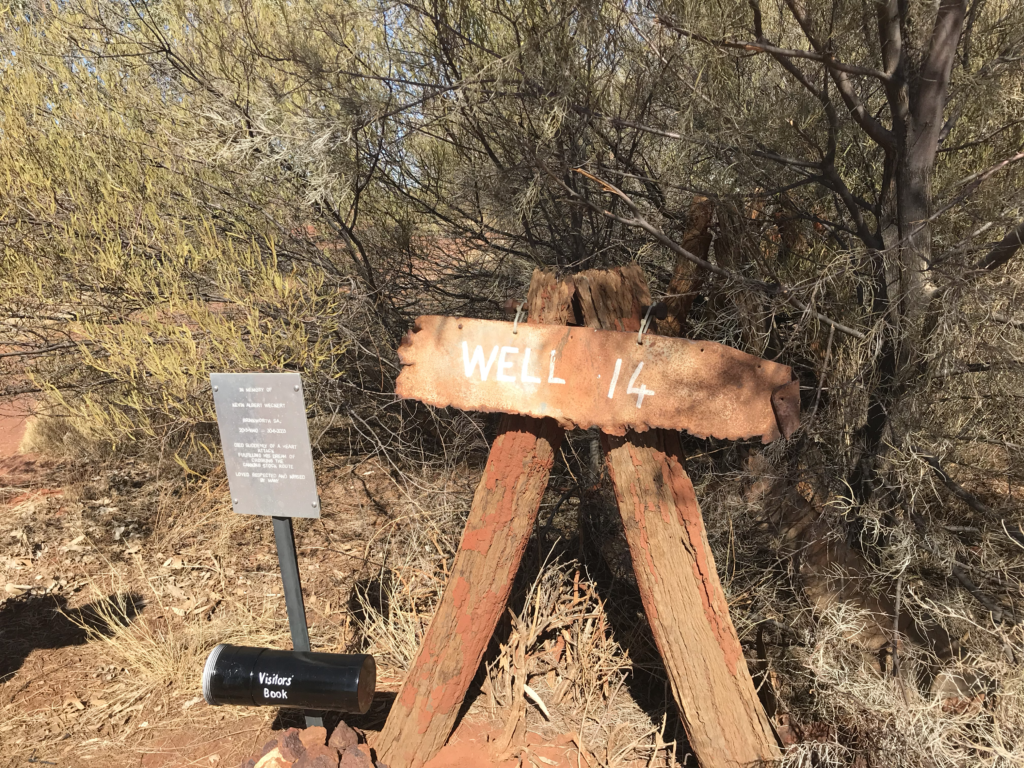
Well 14
Once again another well in ruins. Although this well was in good order and still being used in 1929.
Heading off from Well 14 the terrain was varied from rocky sections, boggy sections as well as very rough corrugations that only seem to get worse and worse as we traversed the 25Kms to Well 15
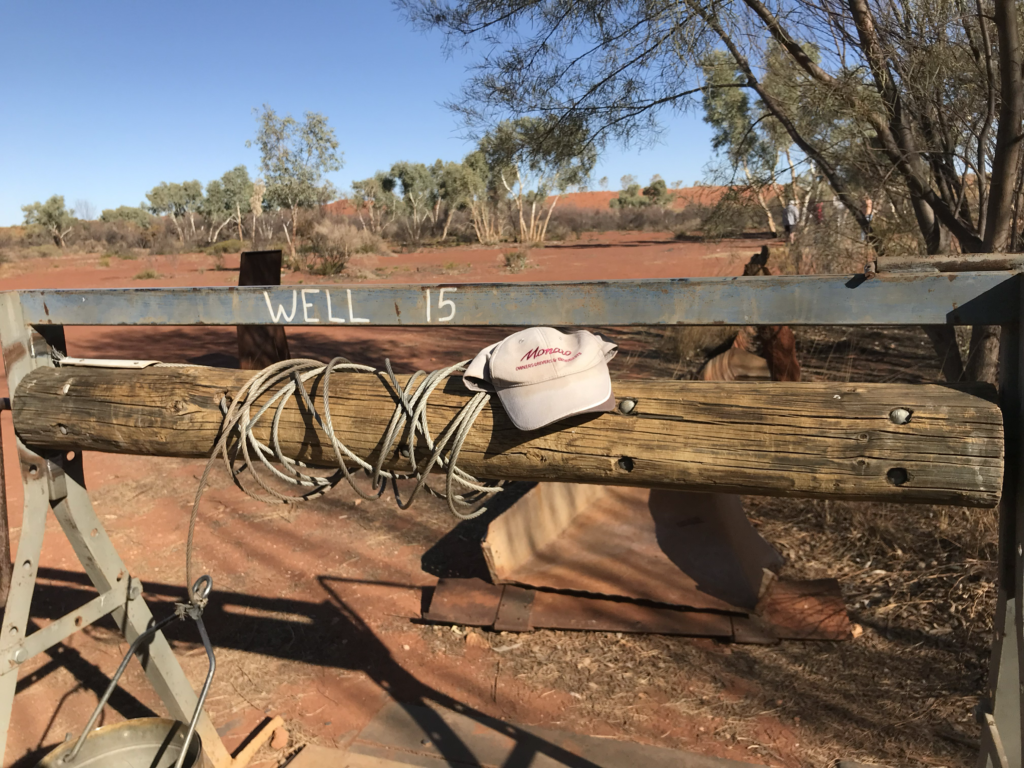
Getting close to Well 15, there is an abandoned trailer. throughout the length of the track, there are a number of abandoned vehicles and an even higher number of trailers.
Well 15 has also been restored, and even though the winch doesn’t look all that reliable, you can winch up a bucket of water quite easily
Some of the magnificent scenery along the way and where we set up camp for the night between Wells 15 and 16

